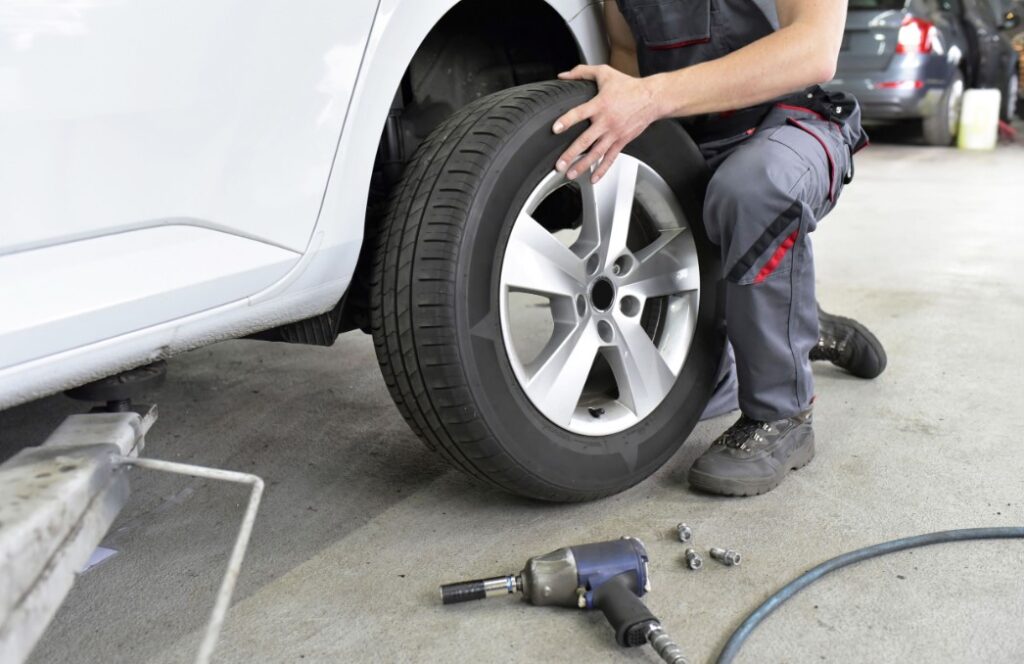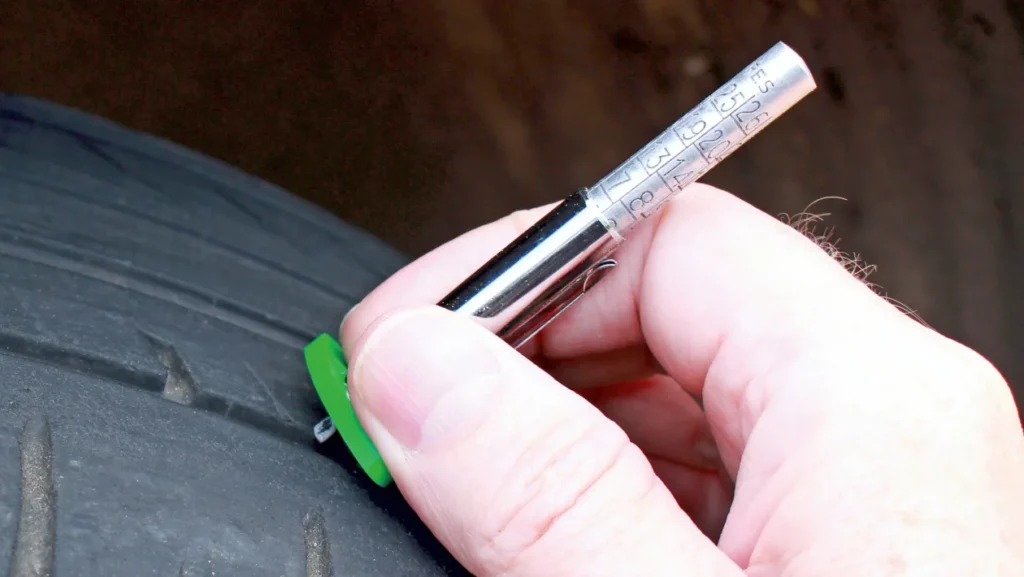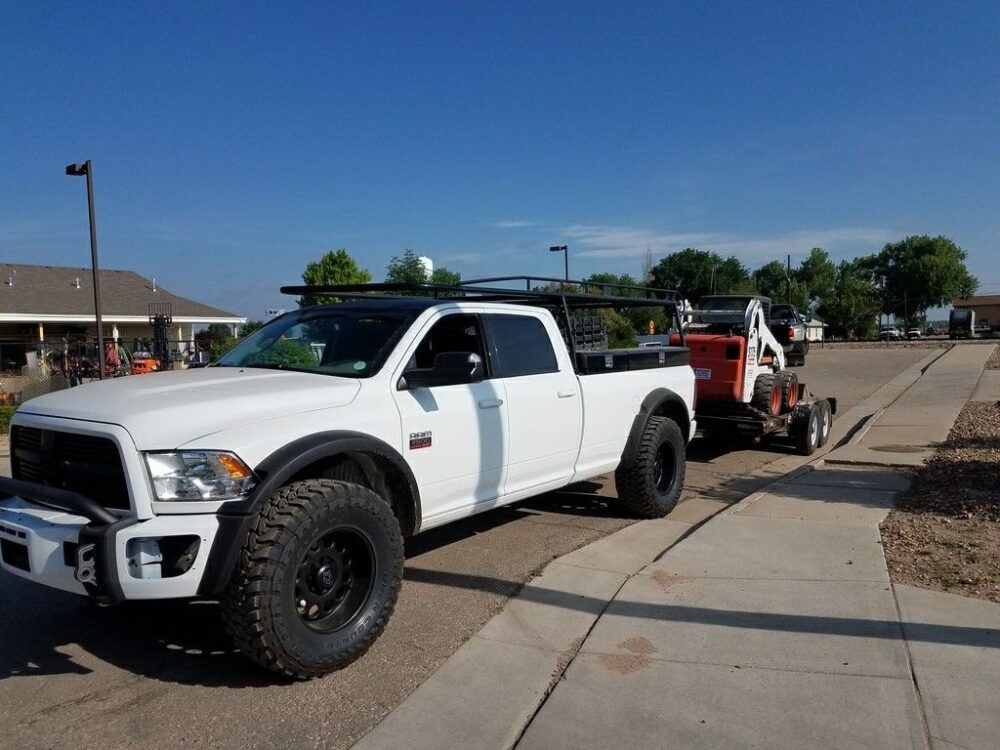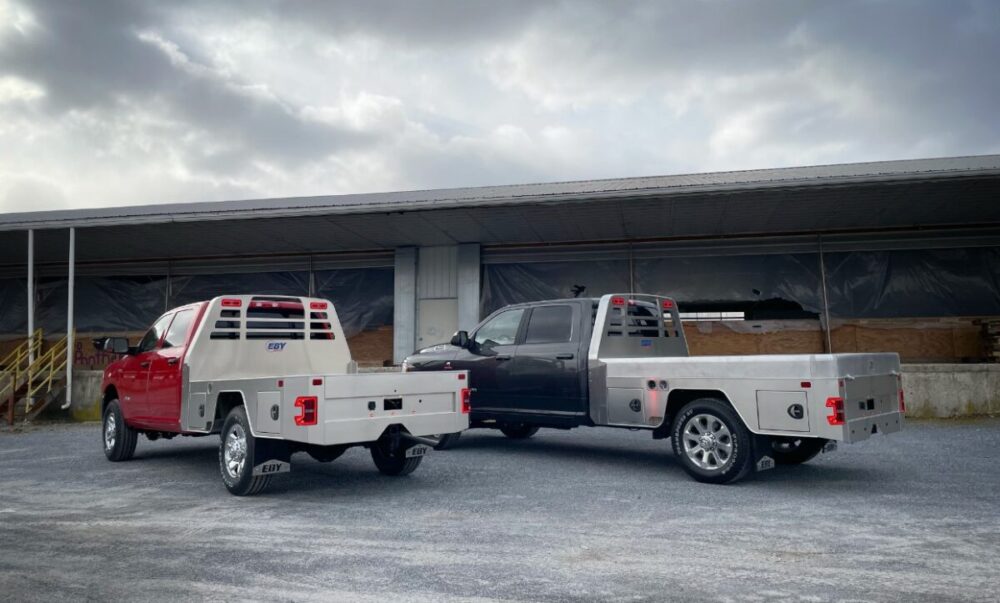The durability of truck tires is crucial for guaranteeing safe and effective operations in the transportation sector. This is especially true for vehicles like flatbed trucks that routinely tow huge cargo. The life of truck tires may be greatly extended with proper tire care and the use of best practices, which lowers costs and enhances overall performance.
In this article, we will discuss key procedures and practices that can help maximize the lifespan of truck tires, benefiting various types of vehicles, including those used in flatbed transportation.
1. Regular Tire Inspections
It’s important to do routine tire inspections in order to spot any signs of damage or wear. Look for cuts, bulges, punctures, and uneven tread wear. Prompt resolution of these problems can stop potential blowouts and additional damage.
As underinflated or overinflated tires can result in uneven wear and poor performance, it is also important to regularly check tire pressure to ensure they are inflated appropriately.
2. Regular Cleaning
Cleaning the tires regularly helps remove debris, dirt, and chemicals that can degrade the rubber compound. Scrub away any filth and grime with a soft brush and a mild detergent. To further safeguard the truck bed from dents and abrasions that can endanger the tires, think about applying a tough truck bed liner on websites such as durabakcompany.com.
3. Proper Tire Rotation
Rotating tires regularly is essential for promoting even wear across all tires. Due to weight distribution and driving conditions, the stress levels on the front and rear tires change. You can balance out wear and lengthen tire life by rotating the tires at suggested intervals. For the best rotation pattern for your flatbed truck, go to the manufacturer’s instructions or get professional guidance.

Source: caranddriver.com
4. Practice Safe Driving Habits
Driving habits play a significant role in tire wear. Avoid using harsh braking, strong acceleration, and sudden turns since they impose extra strain on the tires. Driving gradually and smoothly will extend the life of your tires and help you to stay within the posted speed limit.
Be careful when driving over potholes, curbs, and other road hazards because they might harm your tires right away.
5. Load Distribution
To avoid putting too much stress on the tires, proper load distribution is essential. Unbalanced weight distribution from unevenly distributed cargo may cause some tires to carry more load than others.
Due to this imbalance, the tires’ overall lifespan is shortened, and their wear is uneven. To make sure the load is distributed equally across the truck bed, use load securement tools like cargo straps or chains.
6. Monitoring Tread Depth
Monitoring tread depth is a critical aspect of tire maintenance for flatbed trucks. The tread depth directly affects traction, grip, and overall tire performance. Regularly checking the tread depth allows for early detection of tire wear and ensures optimal safety on the road.
Adequate tread depth is essential for proper water dispersion, especially in wet conditions, reducing the risk of hydroplaning. As tires wear out, their ability to provide sufficient traction diminishes, compromising vehicle control and increasing the stopping distance.
By monitoring tread depth, truck operators can identify when it’s time to replace worn-out tires and avoid potential accidents caused by insufficient traction. It is recommended to use a tread depth gauge to accurately measure the depth and adhere to the manufacturer’s recommended minimum tread depth for replacement.

Source: autoexpress.co.uk
7. Tire Storage
When not in use, proper storage of flatbed truck tires is essential. Keep them away from strong sunshine and excessive temperatures in a cool, dry location. Avoid exposing the tires to any chemicals that could damage the rubber composition.
The tires can avoid developing flat patches by being stored upright or by being hung up.
8. Tire Retreading Considerations
Tire retreading is the process of applying a new tread layer to the worn-out tire casing, extending its useful life and reducing costs. However, there are several important considerations to keep in mind when it comes to tire retreading for flatbed trucks.
Firstly, it is crucial to assess the condition of the tire casing thoroughly before deciding if it is suitable for retreading. The casing must be structurally sound and free from any major defects or damage. Additionally, the retreading process should be performed by reputable and certified retreaders who follow industry standards and quality control procedures.
It is also important to choose the appropriate tread pattern and depth based on the truck’s specific usage and operating conditions. Regular inspections and maintenance should be conducted on retreaded tires to ensure their ongoing performance and safety. Ultimately, by considering these factors, tire retreading can be a cost-effective and environmentally friendly option for extending the lifespan of flatbed truck tires.
9. Record-Keeping and Maintenance Tracking
Record-keeping and maintenance tracking plays a vital role in the effective management of flatbed truck tires. Maintaining detailed records of tire inspections, maintenance activities, and performance data is essential for tracking tire lifespan, identifying patterns of wear, and making informed decisions.
By documenting key information such as tire pressure, tread depth measurements, rotations, alignments, and any repairs or replacements, truck operators can establish a comprehensive maintenance history for each tire. This enables them to monitor tire health, detect issues early on, and schedule maintenance proactively.
Additionally, maintenance tracking helps identify trends, evaluate the effectiveness of maintenance practices, and optimize tire performance. By implementing a robust record-keeping system, truck operators can enhance tire management, reduce downtime, and ensure the longevity and reliability of flatbed truck tires.

Source: pinterest.com
Conclusion
Increasing productivity, minimizing expenses, and guaranteeing safety all depend on extending the life of flatbed truck tires. You can dramatically increase the life of your flatbed truck tires by following these best practices, which include routine inspections, tire rotation, safe driving techniques, optimal load distribution, regular cleaning, and suitable storage.
Keep in mind that well-maintained tires not only help you save money but also make your flatbed truck ride more comfortable and secure.



















